Transcription of A TUTORIAL FOR PANEL DATA ANALYSIS WITH STATA
1 1 Erik Bi rn, Department of Economics,University of Oslo, January 04, 2010 ECON 5103 ADVANCED ECONOMETRICS PANEL DATA, SPRING 2010 A TUTORIAL FOR PANEL DATA ANALYSIS W I T H S TATA This small TUTORIAL contains extracts from the help files/ STATA manual which is available from the web. It is intended to help you at the start. Hint: During your STATA sessions, use the help function at the top of the screen as often as you can. The descriptions and instructions there given can be downloaded and printed easily.
2 In this way you can compile your own manual with PANEL data routines in paper format. 1. GENERALITIES ON INPUT FILES ---------------------------------------- ---------------------------------------- -- help for infiling manual: [R] infile ---------------------------------------- ---------------------------------------- -- The infile (free format) command (see help infile1) 1. The data can be space-separated, tab-separated, or comma-separated. 2. Strings with embedded spaces or commas must be enclosed in quotes (even if tab- or comma-separated).
3 3. A single observation can be on more than one line or there can even be multiple observations per line. The infile (fixed format) command (see help infile2) 1. The data may be in fixed-column format. 2. A single observation can be on more than one line. 3. infile (fixed format) has the most capabilities for reading data. 2 2. DATA INPUT FROM KEYBOARD ---------------------------------------- ---------------------------------------- -- help for input manual: [R] input ---------------------------------------- ---------------------------------------- -- Enter data from keyboard input [varlist] [, automatic label ] Description input allows you to type data directly into the dataset in memory.
4 Also see help edit for a windowed alternative to input. Examples . input acc_rate spdlimit 1. 55 2. 60 3.. 4. end . input str20 name age str6 sex 1. "A. Doyle" 22 male 2. "Mary Hope" 37 "female" 3. "Guy Fawkes" 48 male 4. end 3. THE INFILE COMMAND FOR UNFORMATTED (ASCII-CODED) DATA ---------------------------------------- ---------------------------------------- -- help for infile (free format) manual: [R] infile (free format) dialog: infile (free format) ---------------------------------------- ---------------------------------------- -- Read unformatted ASCII (text) data infile varlist [_skip[(#)] [varlist [_skip[(#)].]]]
5 ]]] using filename [if exp] [in range] [, automatic byvariable(#) clear ] Description infile reads into memory a disk dataset that is not in STATA format. The 3 data can then be saved as a STATA -format dataset; see help save. The original dataset is unchanged. filename is assumed to refer to a file containing data in either free or comma-separated-value format. If filename is specified without an extension, .raw is assumed. Options automatic causes creation of value labels from the nonnumeric data read.
6 It also automatically widens the display format to fit the longest label. byvariable(#) specifies that the external file is organized by variables rather than by observations. All observations on the first variable appear, followed by all observations on the second variable, and so on. clear specifies that it is okay for the new data to replace what is currently in memory. Examples: reading data without using a dictionary a b c .. = variable names (usually columns in input file) myfile = name of input file (columns=variables, rows=observations).
7 Infile a b using myfile . infile a b c d using myfile . infile a b c d using myfile if b==1 . infile a b c d if uniform()<=.1 4. SAVING AND USING STATA DATASETS BY COMMANDS SAVE AND USE ---------------------------------------- ---------------------------------------- -- help for save, use manual: [R] save dialogs: save use ---------------------------------------- ---------------------------------------- -- Save and use datasets save [filename] [, nolabel replace all orphans emptyok intercooled ] use filename [, clear nolabel ] use [varlist] [if exp] [in range] using filename [, clear nolabel ] Description NB: save stores the dataset currently in memory on disk under the name filename.
8 If filename is not specified, the name under which the data was last known 4 to STATA (c(filename)) is used. If filename is specified without an extension, .dta is used. See help saveold for saving the data in the previous version's format. NB: use loads a STATA -format dataset previously saved by save into memory. If filename is specified without an extension, .dta is assumed. In the second syntax for use, a subset of the data is loaded. Examples . save myfile . save myfile, replace.
9 Save, replace . use myfile . use myfile, clear . use pid name age using myfile . use if sex=="male" using myfile . use using myfile if sex==male . use pid name age sex using myfile if sex==male 5. PANEL DATA IDENTIFIERS. GENERALITIES ON XT-MODULES Hint: All PANEL data routines in STATA have xt as initial letters in name ---------------------------------------- ---------------------------------------- ----- help for xt, iis, tis manual: [XT] xt dialogs: iis tsset ---------------------------------------- ---------------------------------------- ----- Cross-sectional time-series ANALYSIS xt.
10 [, i(varname) t(varname) .. ] iis [varname] [, clear] tis [varname] [, clear] Description The xt series of commands provide tools for analyzing cross-sectional time-series ( PANEL ) datasets: help xtdes Describe pattern of xt data help xtsum Summarize xt data 5 help xttab Tabulate xt data help xtdata Faster specification searches with xt data help xtline Line plots with xt data help xtreg Fixed-, between- and random-effects, and population-averaged linear models help xtregar Fixed- and random-effects linear models with an AR(1)
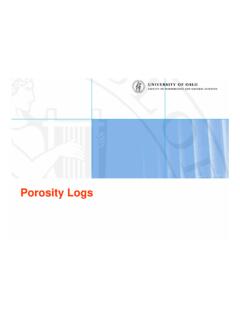
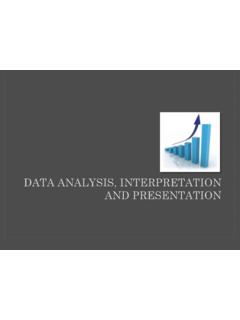
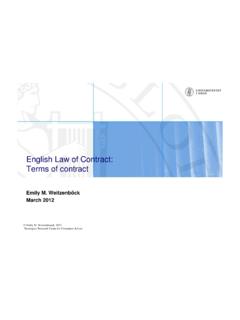



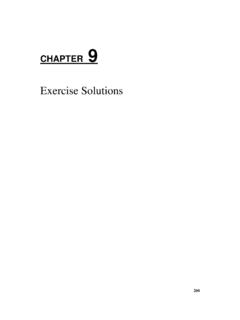

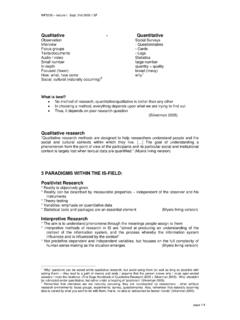

![[ME] Multilevel Mixed Effects - Stata](/cache/preview/4/7/d/4/7/0/c/8/thumb-47d470c861983dd93e6de78ee5724463.jpg)
![[MI] Multiple Imputation - Stata: Software for Statistics ...](/cache/preview/2/b/2/4/5/3/3/8/thumb-2b245338b2cb7206506cf7c9168982f8.jpg)